Sorry for yesterday's missing post, but my dog got sick so I took him to the vet :(
If you are interested to the previous posts of this series, check it out here:
- Bitcoin (BTC)
- Ethereum (ETH)
- Cardano (ADA)
- Binance Coin (BNB)
- Tether (USDT)
- XRP (XRP)
- Dogecoin (DOGE)
- USD Coin (USDC)
- Polkadot (DOT)
- Solana (SOL)
- Uniswap (UNI)
- Binance USD (BUSD)
- Bitcoin Cash (BCH)
- Litecoin (LTC)
- Chainlink (LINK)
- Terra (LUNA)
- Internet Computer (ICP)
- Wrapped Bitcoin (WBTC)
- Polygon (MATIC)
- Algorand (ALGO)
- VeChain (VET)
- Stellar Lumens (XLM)
What is it?
Harmony is a blockchain that proposes itself as an infrastructure for fast and scalable decentralized applications. Harmony's validation algorithm, called Effective Proof-of-Stake (EPoS), guarantees complete decentralization thanks to a system that combines stake delegation, compound interest on commissions deriving from participation in the network and double approval for slashing (the penalty imposed on validators that do not behave honestly). The efficiency of the Harmony ONE blockchain makes it suitable for a large variety of decentralized applications, some of which are already up and running:
- DeFi: MochiSwap and Viper are two swap platforms that can already boast thousands of users and tens of millions of US dollars in TVL (total value locked, the amount of money deposited), with transactions and farming protocols that benefit from fast transactions and economic.
- NFT: the nascent non-fungible-token market has recently also arrived on Harmony ONE, thanks to the daVinci platform, which at the moment has already collected over 740 artists and more than 6000 works in its catalog.
- Gaming: even if no decentralized application is yet available, the speed of Harmony's blockchain would be at the center of a partnership with Animoca, the giant in the blockchain gaming sector behind Cryptokitties and which can boast licenses of brands such as Formula 1, Garfield and Atari .
Great emphasis was also placed on making the Harmony blockchain communicating with existing protocols: bridges with the Ethereum blockchain, Binance Smart Chain and Polygon (MATIC) are already active, allowing the creation and exchange of wrapped assets.
How does it work?
The proprietary token of the Harmony blockchain is ONE, which performs three fundamental functions:
- Staking: the token is used for the validation of transactions through the usual Proof-of-Stake mechanism, providing an incentive to users to take part in the network.
- Fee: ONE is used to pay for interactions with the Harmony blockchain, making it essential for moving or creating assets.
- Governance: ONE owners can vote on the developments of the protocol, thus promoting its decentralization and community participation. Initially created on the Ethereum and Binance Smart Chain network, the ONE token was moved to Harmony's proprietary blockchain starting in June 2019, one month after launch on the popular Binance exchange. The ONE token has a maximum supply of 12,600,000,000 (12 billion and 600 million) and was launched on the market at a price of 0.0065 US dollars.
Where to store it?
The best hot wallets for ONE are TrustWallet and Atomic Wallet. If you want more security, a cold storage like Ledger or Trezor is the right choice.
Pros&Cons
*DISCLAIMER* These lists are subjective, it depends from person to person
Pros
- Great devs team
- It has already a functional product
- Completely decentralized
Cons
- Staking is not very user-friendly
- 1-block-time finality
[link] [comments]

You can get bonuses upto $100 FREE BONUS when you:
💰 Install these recommended apps:
💲 SocialGood - 100% Crypto Back on Everyday Shopping
💲 xPortal - The DeFi For The Next Billion
💲 CryptoTab Browser - Lightweight, fast, and ready to mine!
💰 Register on these recommended exchanges:
🟡 Binance🟡 Bitfinex🟡 Bitmart🟡 Bittrex🟡 Bitget
🟡 CoinEx🟡 Crypto.com🟡 Gate.io🟡 Huobi🟡 Kucoin.
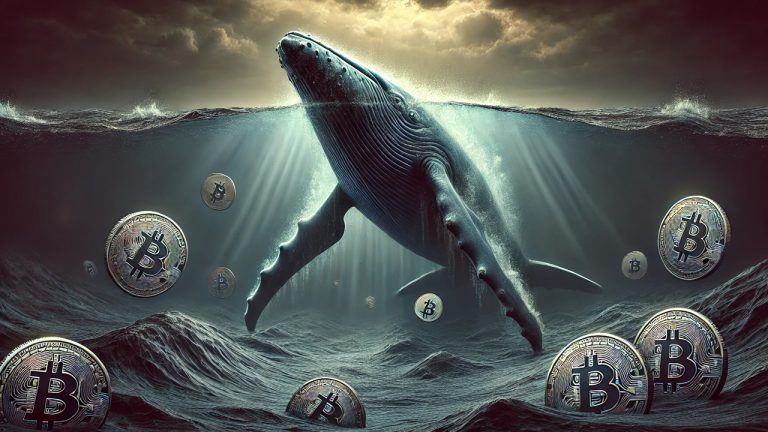

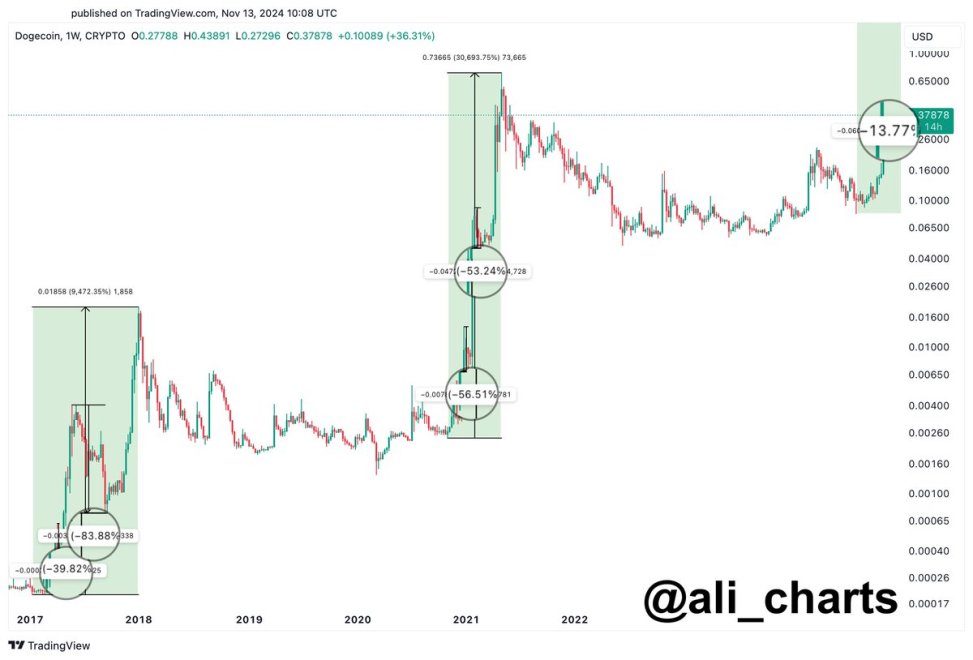

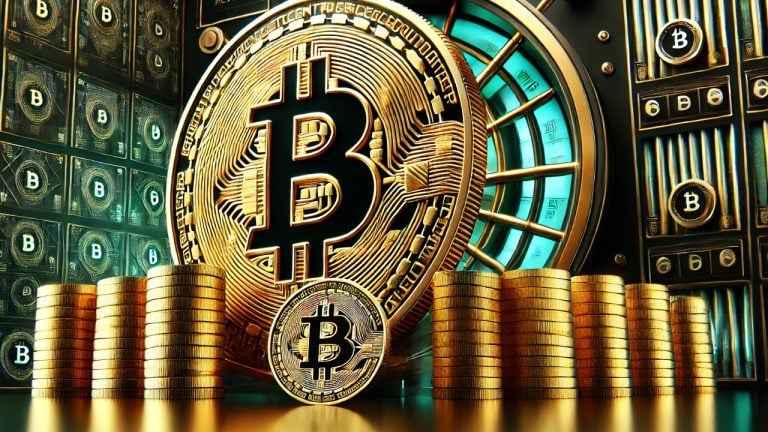


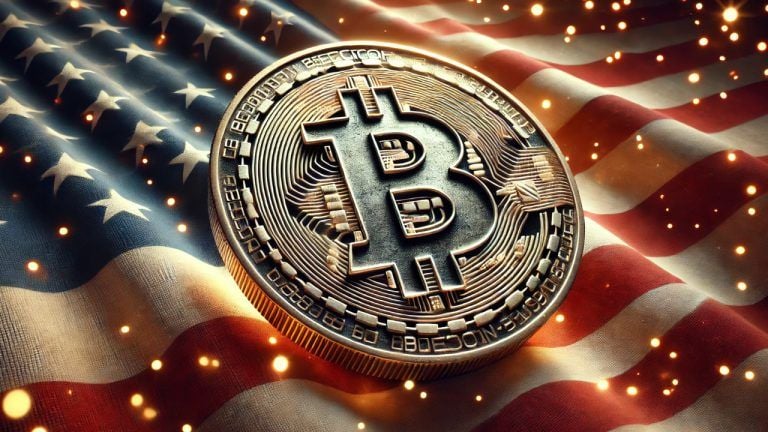
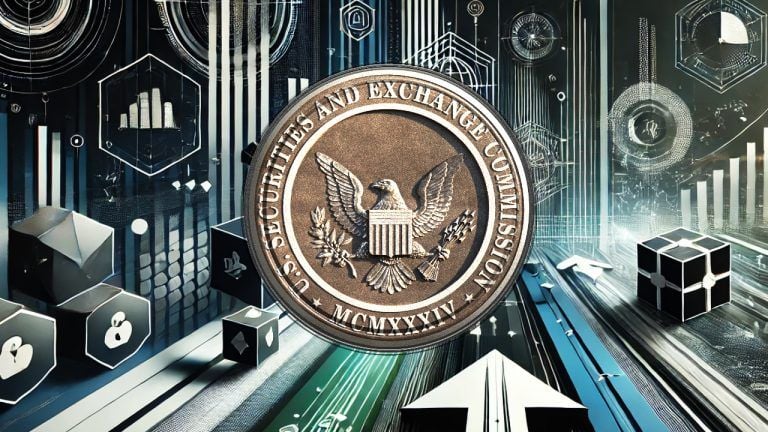

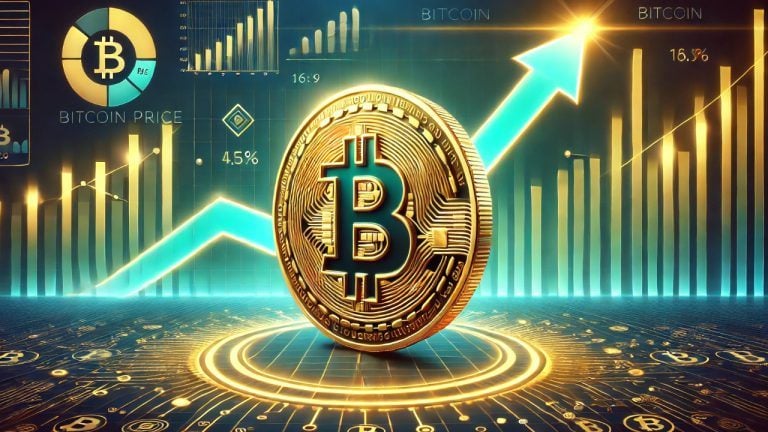
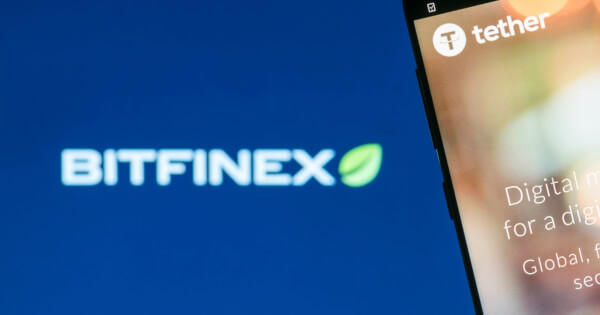

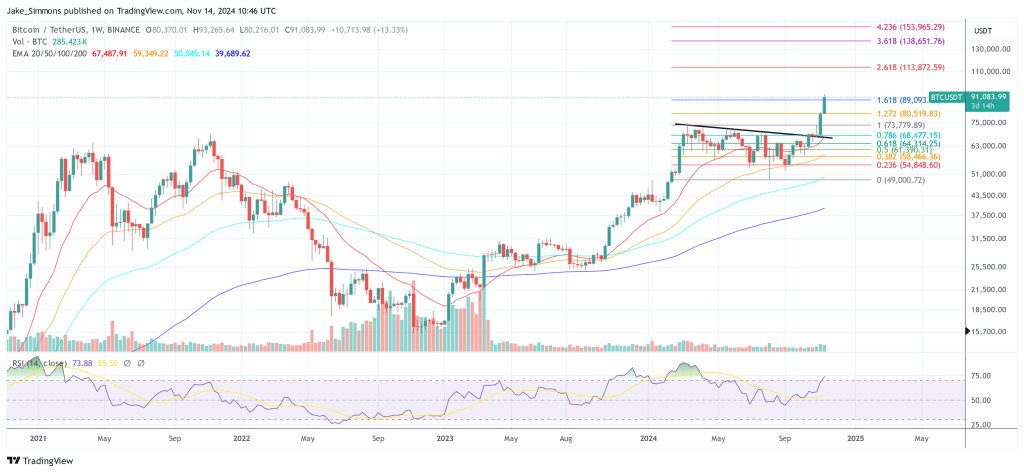
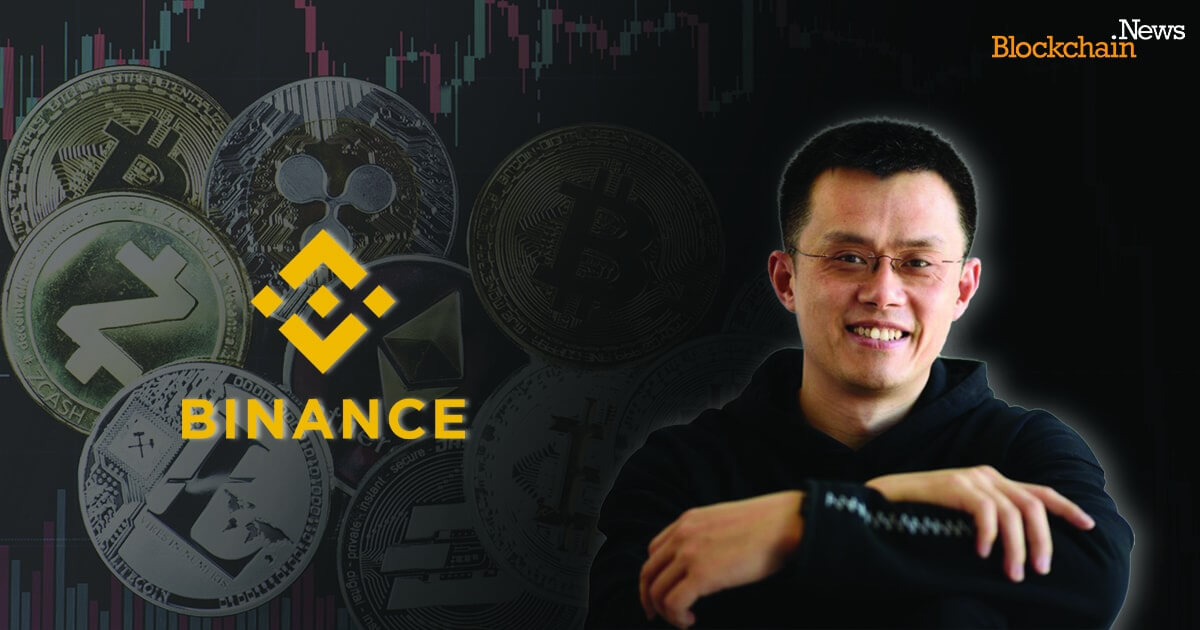

Comments